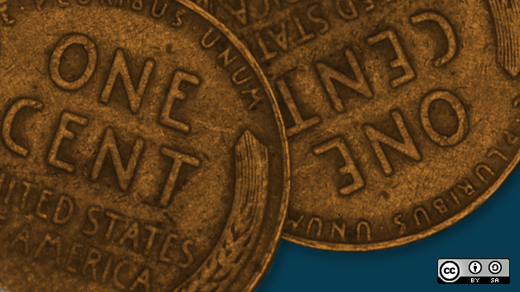Twenty years ago, in February 1998, the term "open source" was first applied to software. Soon afterwards, the Open Source Definition was created and the seeds that became the Open Source Initiative (OSI) were sown. As the OSD’s author Bruce Perens relates,
“Open source” is the proper name of a campaign to promote the pre-existing concept of free software to business, and to certify licenses to a rule set.
Twenty years later, that campaign has proven wildly successful, beyond the imagination of anyone involved at the time. Today open source software is literally everywhere. It is the foundation for the internet and the web. It powers the computers and mobile devices we all use, as well as the networks they connect to. Without it, cloud computing and the nascent Internet of Things would be impossible to scale and perhaps to create. It has enabled new ways of doing business to be tested and proven, allowing giant corporations like Google and Facebook to start from the top of a mountain others already climbed.
Like any human creation, it has a dark side as well. It has also unlocked dystopian possibilities for surveillance and the inevitably consequent authoritarian control. It has provided criminals with new ways to cheat their victims and unleashed the darkness of bullying delivered anonymously and at scale. It allows destructive fanatics to organize in secret without the inconvenience of meeting. All of these are shadows cast by useful capabilities, just as every human tool throughout history has been used both to feed and care and to harm and control. We need to help the upcoming generation strive for irreproachable innovation. As Richard Feynman said,
To every man is given the key to the gates of heaven. The same key opens the gates of hell.
As open source has matured, the way it is discussed and understood has also matured. The first decade was one of advocacy and controversy, while the second was marked by adoption and adaptation.
- In the first decade, the key question concerned business models—“how can I contribute freely yet still be paid?”—while during the second, more people asked about governance—“how can I participate yet keep control/not be controlled?”
- Open source projects of the first decade were predominantly replacements for off-the-shelf products; in the second decade, they were increasingly components of larger solutions.
- Projects of the first decade were often run by informal groups of individuals; in the second decade, they were frequently run by charities created on a project-by-project basis.
- Open source developers of the first decade were frequently devoted to a single project and often worked in their spare time. In the second decade, they were increasingly employed to work on a specific technology—professional specialists.
- While open source was always intended as a way to promote software freedom, during the first decade, conflict arose with those preferring the term “free software.” In the second decade, this conflict was largely ignored as open source adoption accelerated.
So what will the third decade bring?
- The complexity business model—The predominant business model will involve monetizing the solution of the complexity arising from the integration of many open source parts, especially from deployment and scaling. Governance needs will reflect this.
- Open source mosaics—Open source projects will be predominantly families of component parts, together with being built into stacks of components. The resultant larger solutions will be a mosaic of open source parts.
- Families of projects—More and more projects will be hosted by consortia/trade associations like the Linux Foundation and OpenStack, and by general-purpose charities like Apache and the Software Freedom Conservancy.
- Professional generalists—Open source developers will increasingly be employed to integrate many technologies into complex solutions and will contribute to a range of projects.
- Software freedom redux—As new problems arise, software freedom (the application of the Four Freedoms to user and developer flexibility) will increasingly be applied to identify solutions that work for collaborative communities and independent deployers.
I’ll be expounding on all this in conference keynotes around the world during 2018. Watch for OSI’s 20th Anniversary World Tour!
This article was originally published on Meshed Insights Ltd. and is reprinted with permission. This article, as well as my work at OSI, is supported by Patreon patrons.




Comments are closed.